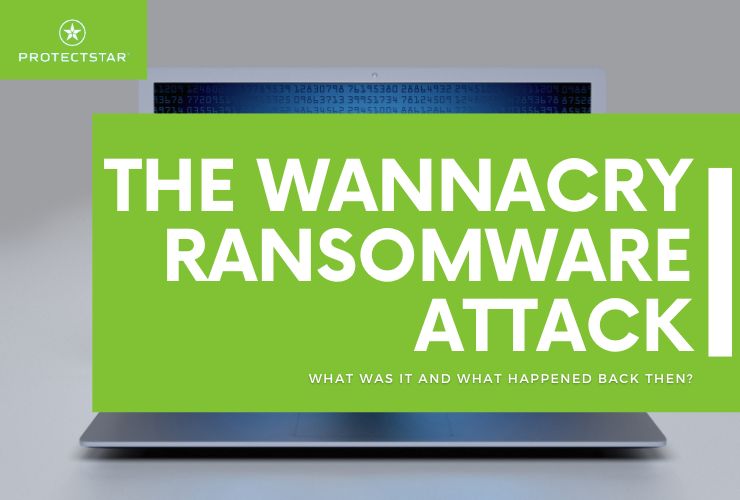The Notorious WannaCry Ransomware Attack: A Cybersecurity Wake-Up Call

In 2017, the world witnessed a massive cyberattack that crippled businesses, hospitals, and government agencies worldwide – the WannaCry ransomware attack. This event serves as a stark reminder of the ever-evolving threat landscape and the importance of robust cybersecurity measures. Let's delve into the events of WannaCry, the response, and the valuable lessons learned.
What Happened?
WannaCry, also known as WannaCrypt, was a ransomware worm that exploited vulnerabilities in Microsoft's Server Message Block (SMB) protocol. It spread rapidly across networks, encrypting user files and demanding a ransom payment in Bitcoin to unlock them. The attack targeted a vulnerability ("EternalBlue") that the NSA had developed and stockpiled, which was later leaked by a hacking group called The Shadow Brokers.
The Impact:
WannaCry infected over 200,000 computers across 150 countries, causing widespread disruption. Hospitals were forced to cancel surgeries, businesses lost access to critical data, and governments scrambled to contain the damage. The estimated global cost of the attack ranged from billions to tens of billions of dollars.
The Response:
The global response was multifaceted. Microsoft, despite the vulnerability existing in an older operating system (Windows XP), rushed out a security patch to help mitigate the spread. Cybersecurity firms worked around the clock to develop decryption tools to help victims regain access to their files. However, many victims, especially those who didn't have proper backups, ended up paying the ransom.
Lessons Learned:
The WannaCry attack exposed several critical vulnerabilities:
- Patch Management: Outdated software with unpatched vulnerabilities remains a significant entry point for cyberattacks. Organizations need to prioritize timely patching and update management.
- Data Backups: Having reliable backups is essential for recovering data in case of ransomware attacks. Regular backups ensure business continuity and minimize the impact of such incidents.
- Cybersecurity Awareness: Educating employees about cyber threats and best practices like phishing email identification is crucial to prevent them from becoming unwitting participants in an attack.
- Global Cooperation: The WannaCry attack demonstrated the need for international collaboration in combating cybercrime. Sharing information and resources between governments and cybersecurity firms can help strengthen defenses against large-scale attacks.
The Legacy:
While WannaCry caused significant disruption, it also served as a wake-up call for the global community. The attack highlighted the importance of robust cybersecurity practices across organizations of all sizes. The lessons learned from WannaCry continue to shape cybersecurity strategies today, with a focus on proactive prevention, rapid response, and international cooperation.
Had you heard of Wannacry? Were you affected? Tell us on social media!